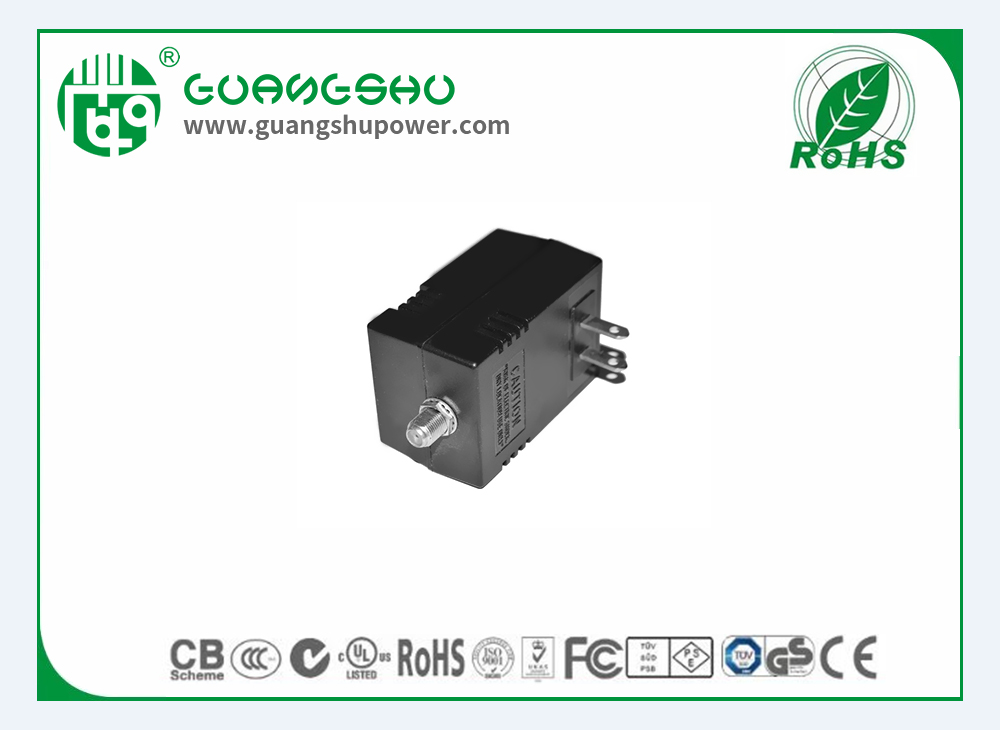Time:2025-02-19 Views:0

Power adapter specifications are crucial factors that determine its compatibility, performance, and safety. Understanding these specifications is essential for both manufacturers and consumers.
One of the most fundamental specifications is the input voltage range. This indicates the range of AC voltages that the adapter can accept from the power source. For example, a common input voltage range is 100 - 240V AC, which allows the adapter to be used in different regions around the world with varying electrical standards. A power adapter with a narrow input voltage range may not function properly or could even be damaged if used with an incorrect voltage supply.
The output voltage and current are equally important. The output voltage must match the requirements of the device it is powering. For instance, a smartphone might require 5V DC output, while a laptop could need 19V DC. Deviating from the correct output voltage can lead to malfunctioning of the device, overheating, or even permanent damage. The output current, measured in amperes (A) or milliamperes (mA), represents the maximum amount of electrical current the adapter can supply. If the device demands more current than the adapter can provide, it may not charge properly or operate at full capacity.
Efficiency is another key specification. High - efficiency power adapters convert a larger proportion of the input power into useful output power, reducing energy waste and heat generation. Energy - efficient adapters are not only better for the environment but also more cost - effective in the long run as they consume less electricity during operation.
Safety features are also part of the specifications. This includes features like over - voltage protection, over - current protection, and short - circuit protection. Over - voltage protection ensures that the output voltage does not exceed a safe level, preventing damage to the connected device. Over - current protection kicks in when the current draw exceeds the adapter's rated capacity, safeguarding both the adapter and the device. Short - circuit protection is designed to prevent excessive current flow in case of a short - circuit in the connected device or the adapter itself.
Physical dimensions and weight can also be considered as specifications, especially for portable devices. Smaller and lighter power adapters are more convenient for travel and on - the - go use, while larger ones may be more suitable for stationary applications where portability is not a major concern.
In conclusion, power adapter specifications are a complex set of parameters that work together to ensure the proper functioning, safety, and compatibility of the adapter with the devices it powers.
Read recommendations:
Which is more environmentally friendly, fast charging or regular charger